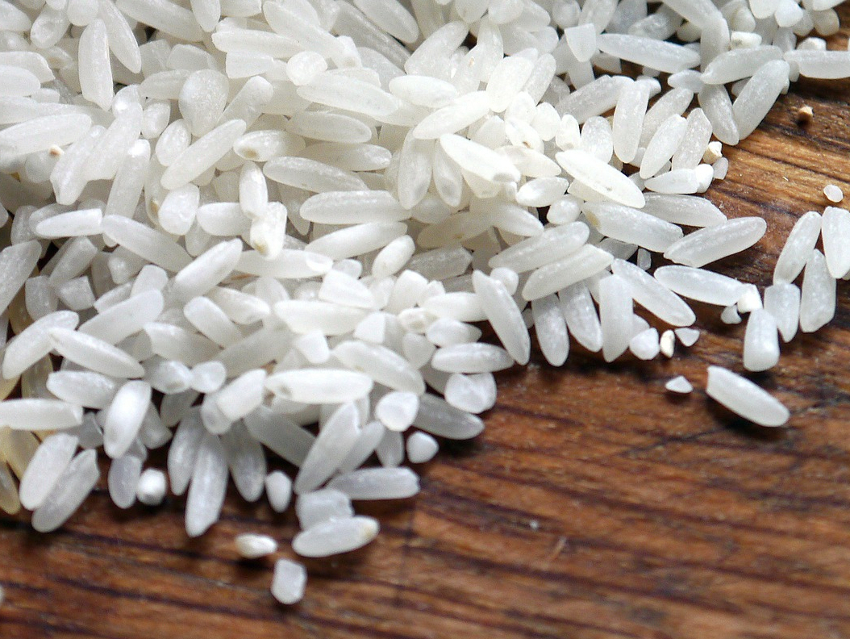Rice from some regions, e.g., Bangladesh, is contaminated with dangerous inorganic arsenic species. The arsenic is washed out from the soil during the rice’s growth. The same is true for the toxic cadmium.
Most of the rice in Bangladesh is parboiled, i.e., soaked, partially boiled, and dried again. This process can also be used to introduce minerals such as calcium to the rice by adding them to the water used for boiling. A typical parboiling process does not significantly lower the arsenic content of rice. Usually, the rice is soaked, parboiled, and dried while still in its husk. The husk, however, is particularly rich in arsenic.
Andrew A. Meharg, Queen’s University Belfast, UK, and colleagues have found that a simple change in the order of processing steps can reduce the arsenic content. When the rice is dehusked first to give wholegrain rice, and then soaked, parboiled, dried, and polished to give white rice, the inorganic arsenic content in the final grain is reduced by 25 % compared with traditionally parboiled rice. The change has little impact on the quality of the product.
In addition to the reduction of the arsenic concentration, the modified process also significantly decreases the cadmium content. At the same time, added minerals such as calcium salts are easier to enrich in the rice without the husk: the Ca content was improved by 213 % in the modified parboiling process.
- Modifying the Parboiling of Rice to Remove Inorganic Arsenic, While Fortifying with Calcium,
Habibur Rahman, Manus Carey, Mahmud Hossain, Laurie Savage, M. Rafiqul Islam, Andrew A. Meharg,
Environ. Sci. Technol. 2019.
https://doi.org/10.1021/acs.est.8b06548


